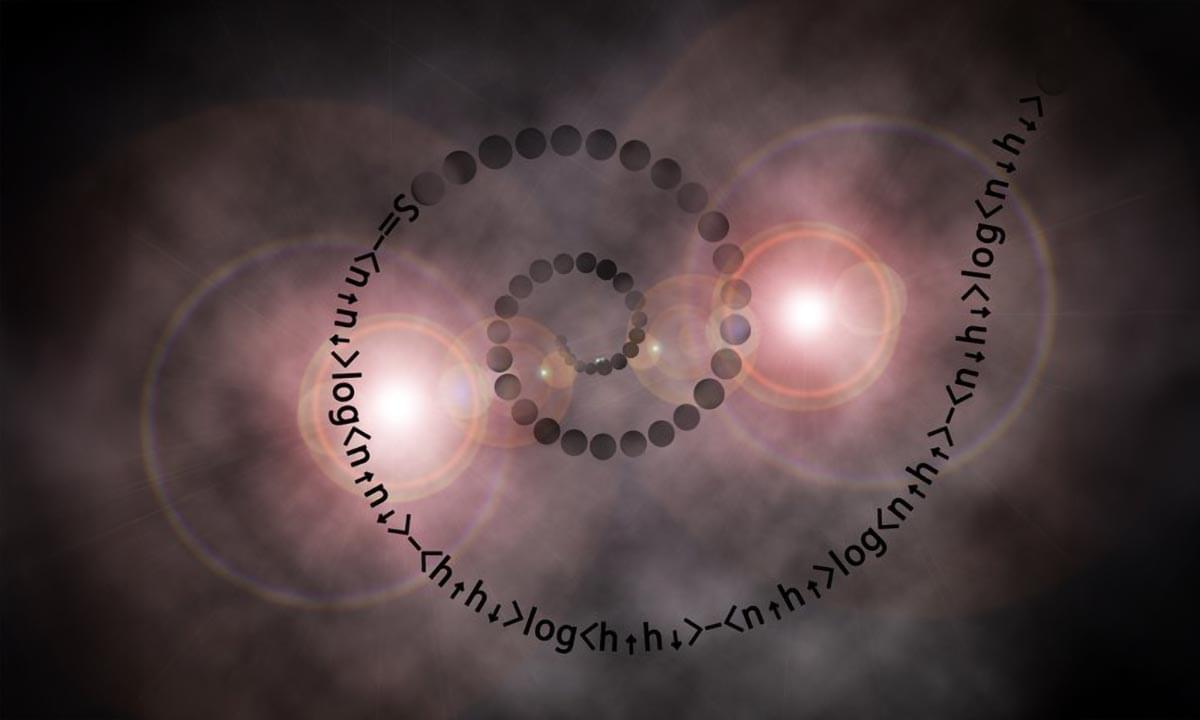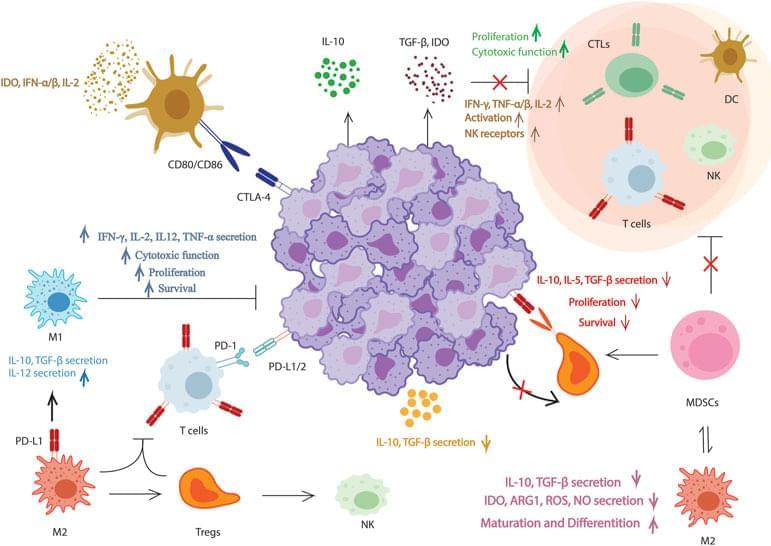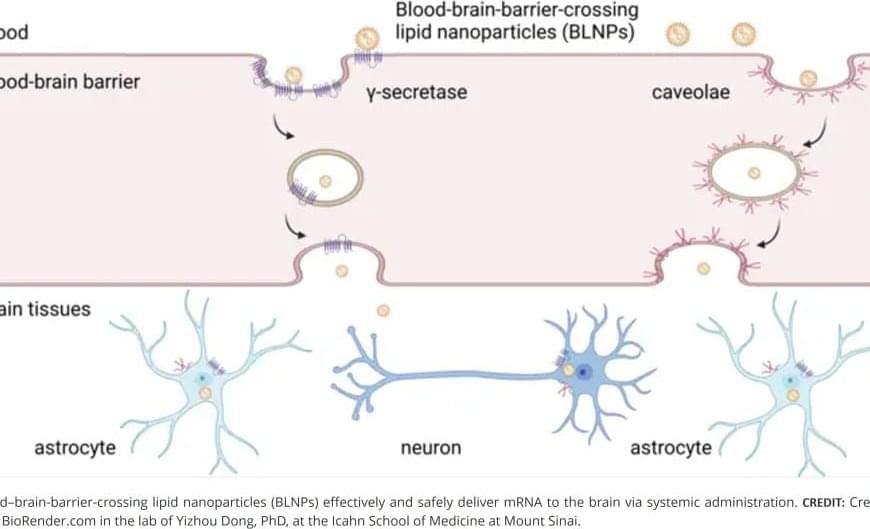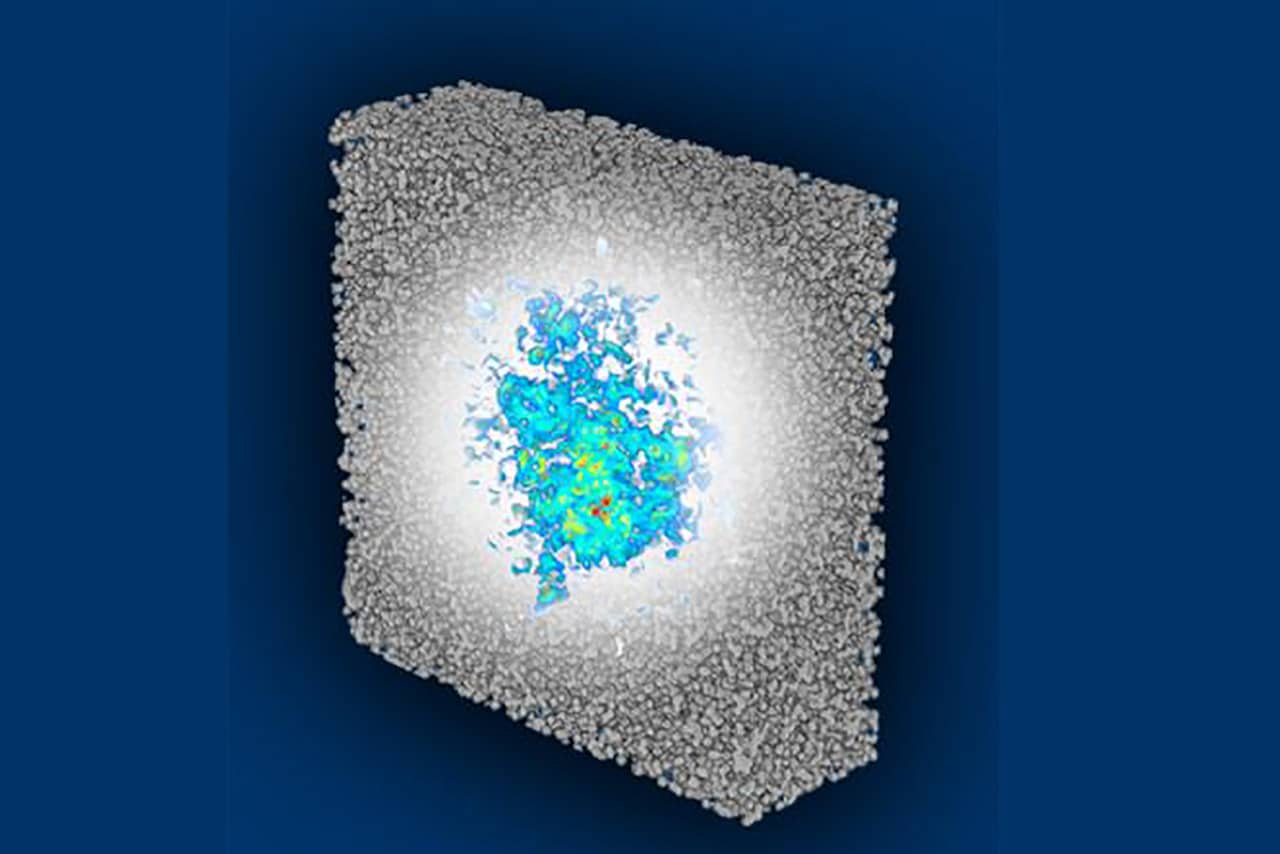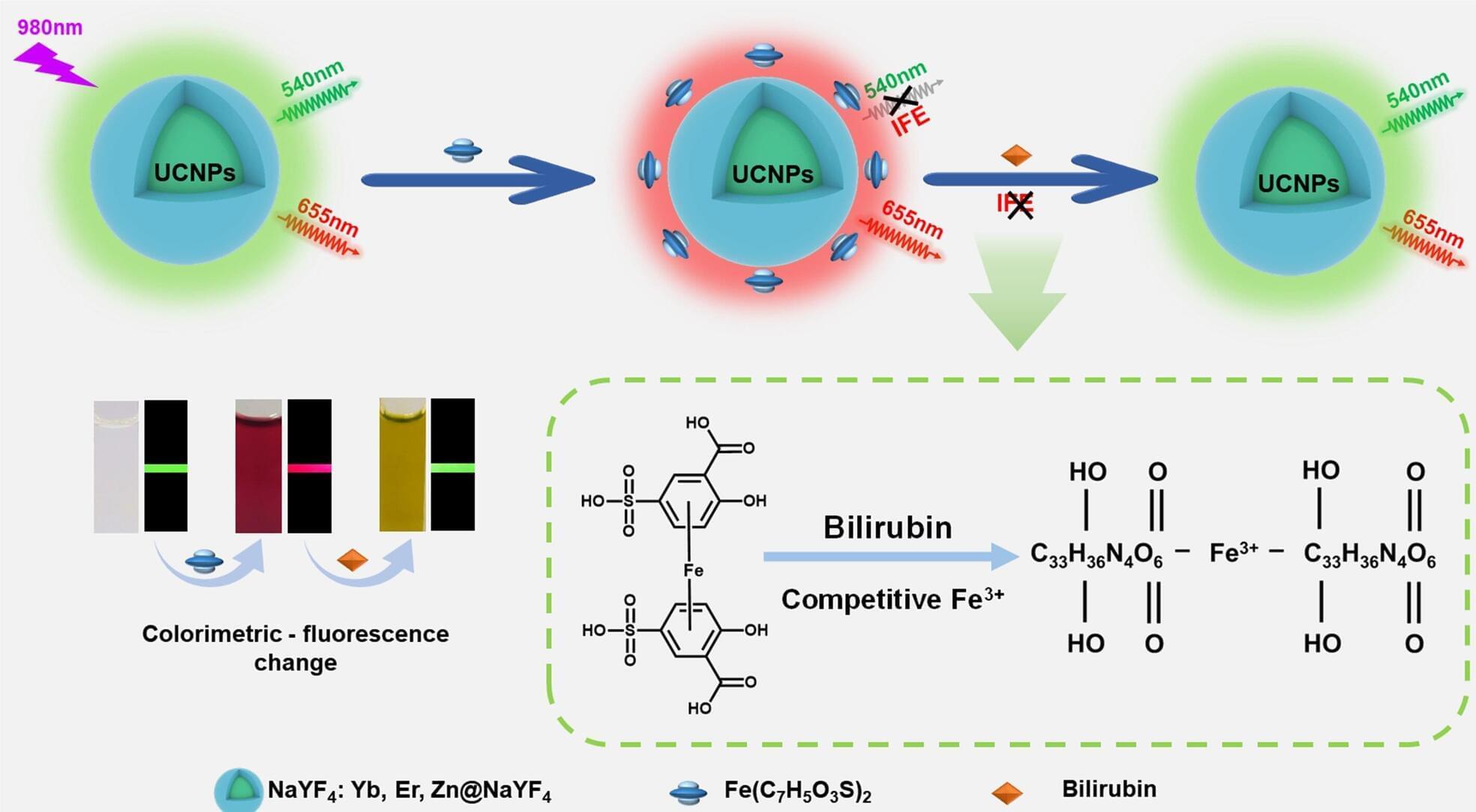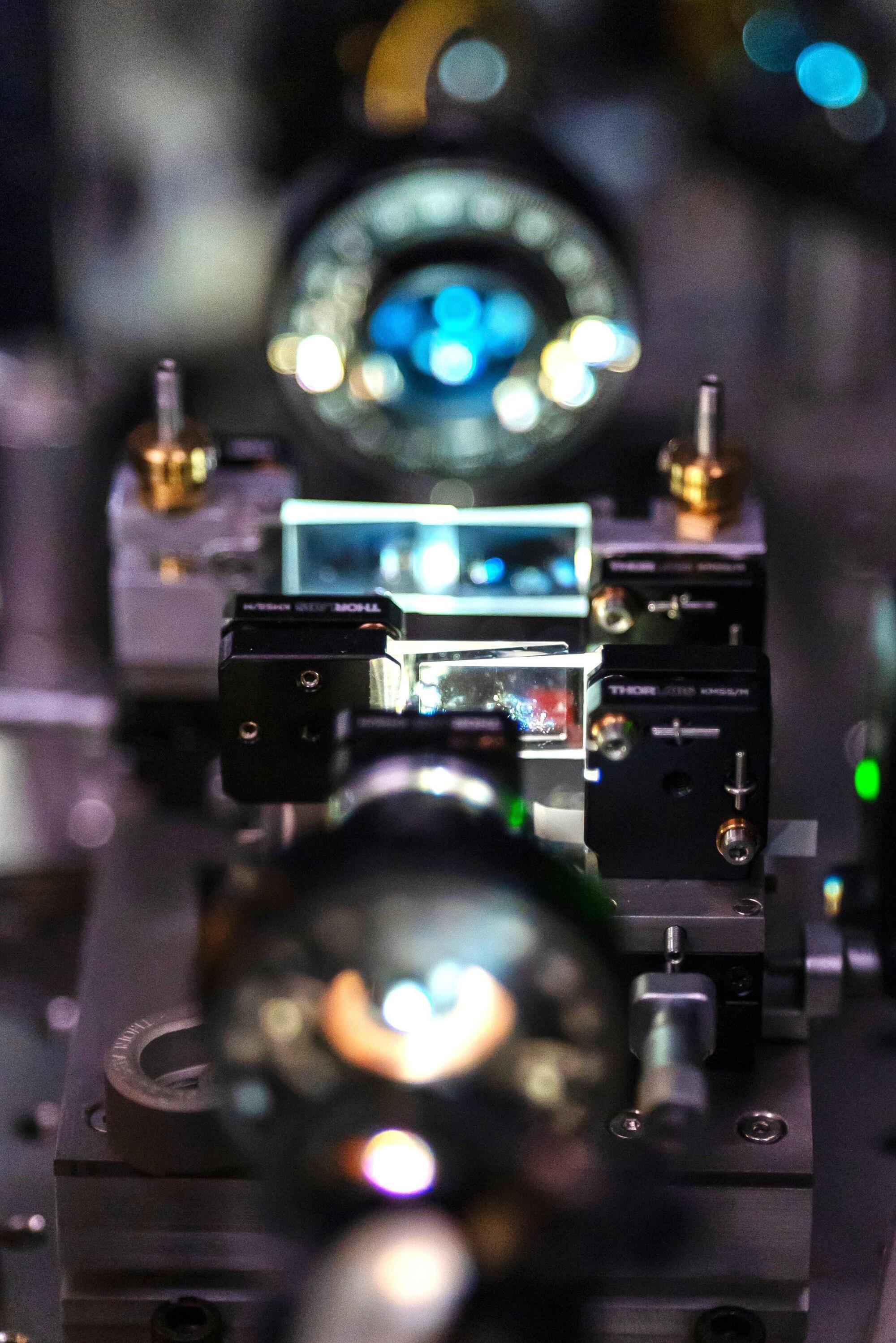Contemplate a future where tiny, energy-efficient brain-like networks guide autonomous machines—like drones or robots—through complex environments. To make this a reality, scientists are developing ultra-compact communication systems where light, rather than electricity, carries information between nanoscale devices.
In this study, researchers achieved a breakthrough by enabling direct on-chip communication between tiny light-sensing devices called InP nanowire photodiodes on a silicon chip. This means that light can now travel efficiently from one nanoscale component to another, creating a faster and more energy-efficient network. The system proved robust, handling signals with up to 5-bit resolution, which is similar to the information-processing levels in biological neural networks. Remarkably, it operates with minimal energy—just 0.5 microwatts, which is lower than what conventional hardware needs.
S a quadrillionth of a joule!) and allow one emitter to communicate with hundreds of other nodes simultaneously. This efficient, scalable design meets the requirements for mimicking biological neural activity, especially in tasks like autonomous navigation. + In essence, this research moves us closer to creating compact, light-powered neural networks that could one day drive intelligent machines, all while saving space and energy.

